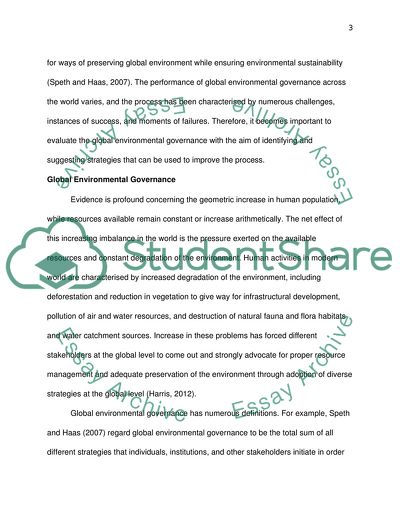Cite this document
(Global Environmental Governance of Climate Change Term Paper - 1, n.d.)
Global Environmental Governance of Climate Change Term Paper - 1. https://studentshare.org/environmental-studies/1769025-critically-evaluate-the-global-enviromental-governance-of-climate-change
Global Environmental Governance of Climate Change Term Paper - 1. https://studentshare.org/environmental-studies/1769025-critically-evaluate-the-global-enviromental-governance-of-climate-change
(Global Environmental Governance of Climate Change Term Paper - 1)
Global Environmental Governance of Climate Change Term Paper - 1. https://studentshare.org/environmental-studies/1769025-critically-evaluate-the-global-enviromental-governance-of-climate-change.
Global Environmental Governance of Climate Change Term Paper - 1. https://studentshare.org/environmental-studies/1769025-critically-evaluate-the-global-enviromental-governance-of-climate-change.
“Global Environmental Governance of Climate Change Term Paper - 1”. https://studentshare.org/environmental-studies/1769025-critically-evaluate-the-global-enviromental-governance-of-climate-change.


